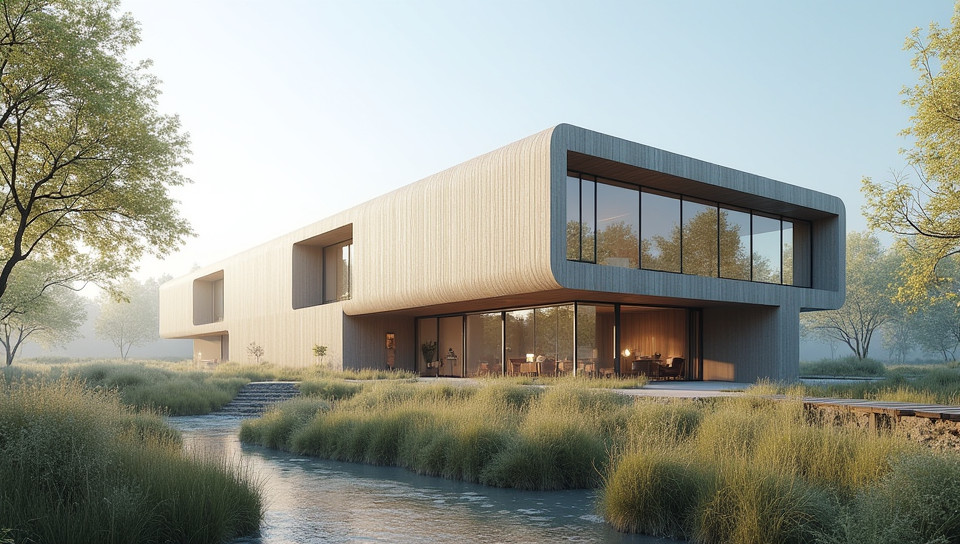Innovative buildings can have zero carbon footprints 79%

The Future of Sustainable Architecture: Innovative Buildings with Zero Carbon Footprints
As we continue to grapple with the challenges of climate change, one of the most pressing issues facing architects and urban planners is finding ways to reduce the environmental impact of buildings. Traditional construction methods are often energy-intensive and emit significant amounts of greenhouse gases, contributing to global warming and pollution.
The Problem: Why Zero Carbon Footprints Matter
- Carbon emissions from buildings account for nearly 40% of global energy consumption
- Buildings can be responsible for up to 70% of a city's carbon footprint
- Climate change is having devastating effects on the environment, from rising sea levels to severe weather events
The Solution: Innovative Building Design and Materials
In recent years, architects have been exploring new design approaches and materials that not only reduce energy consumption but also generate their own power. Some examples include:
- Solar panels integrated into building facades
- Green roofs and walls that absorb carbon dioxide and produce oxygen
- Advanced insulation materials that reduce heat transfer and energy loss
Net Zero Energy Buildings: A New Standard for Sustainability
Net zero energy buildings are designed to produce as much energy as they consume over the course of a year. This is achieved through a combination of energy-efficient design, on-site renewable energy generation, and smart building systems.
The Future of Sustainable Architecture
As we move towards a more sustainable future, innovative buildings with zero carbon footprints will become the norm. By harnessing cutting-edge technology and design principles, architects can create buildings that not only reduce their environmental impact but also improve the health and well-being of occupants.
Conclusion
The challenge of reducing carbon emissions from buildings is a significant one, but it's not insurmountable. By embracing innovative building design and materials, we can create sustainable structures that benefit both people and the planet. As architects, urban planners, and policymakers, it's time to rethink our approach to construction and prioritize sustainability above all else. The future of architecture depends on it.
- Created by: Linda Collins
- Created at: Jan. 28, 2025, 5:29 p.m.
- ID: 19419






